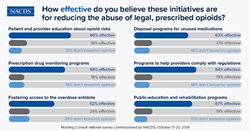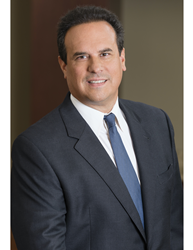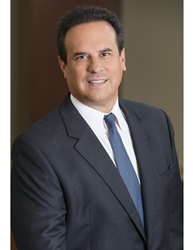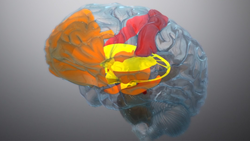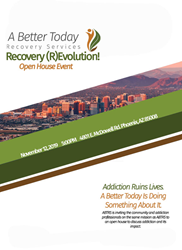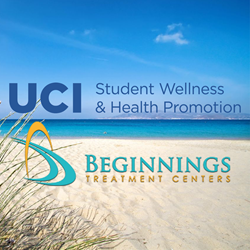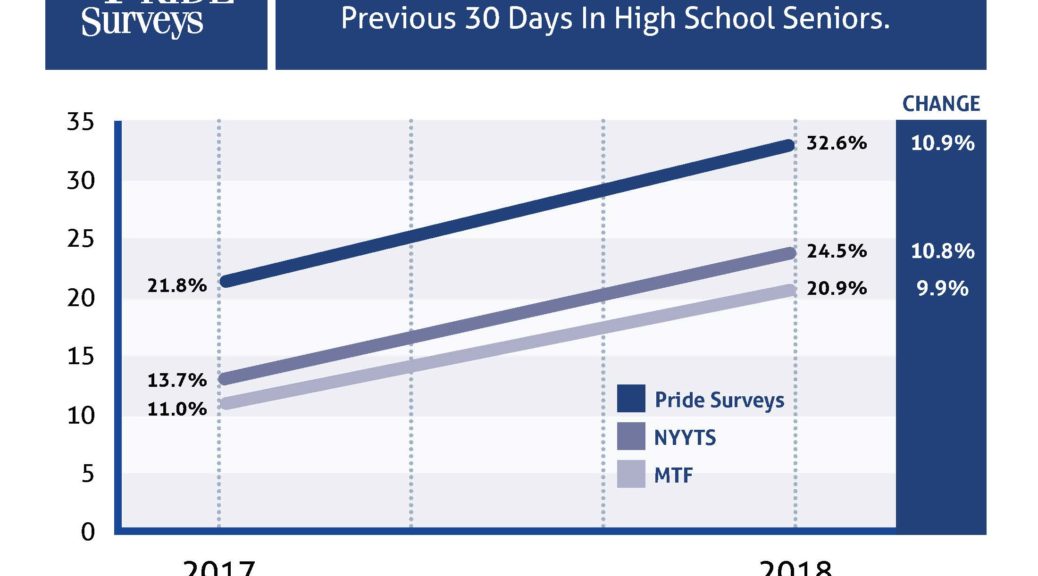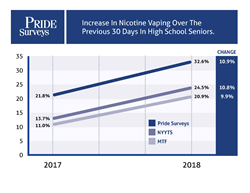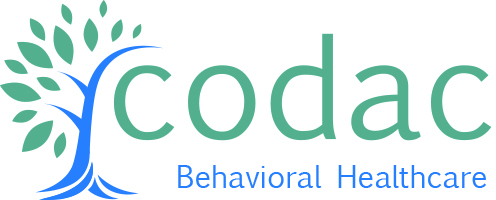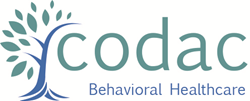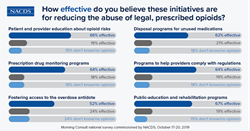
Americans consider drug disposal and other strategies to be effective in addressing the opioid abuse epidemic.
With all eyes on this issue during National Prescription Drug Take Back Day, it also is important to note the many other strategies that create a comprehensive approach to preventing opioid abuse and addiction while caring for those in pain.
ARLINGTON, Va. (PRWEB)
October 25, 2019
National Prescription Drug Take Back Day is a chance to help keep opioids out of the wrong hands and to raise awareness of other critical resources that help keep patients, families and communities safe, the National Association of Chain Drug Stores (NACDS) said today.
The Drug Enforcement Administration (DEA) and its partners showcase this event on October 26, 2019, from 10:00 a.m. to 2:00 p.m.
“NACDS stands with the DEA, with law enforcement, with first responders, and with other community leaders who are helping Americans dispose of unused opioids, and helping prevent these drugs from becoming part of the problem. We are helping to create the surround sound that is necessary to raise awareness of National Prescription Drug Take Back Day. NACDS members offer safe drug disposal options in thousands of locations nationwide, have donated the resources to offer these services in thousands of other locations, and have made possible the disposal of millions of pounds of these and other drugs,” said NACDS President & CEO Steven C. Anderson, IOM, CAE.
“NACDS members offer diverse drug disposal solutions that are right for their particular stores and communities. These include secure kiosks, innovative solutions that safely destroy unwanted opioids, as well as other solutions. With all eyes on this issue during National Prescription Drug Take Back Day, it also is important to note the many other strategies that create a comprehensive approach to preventing opioid abuse and addiction while caring for those in pain.”
A national survey conducted by Morning Consult and commissioned by NACDS October 17-20, 2019, found that voters recognize the effectiveness of an array of opioid-abuse prevention strategies.
The survey asked, “In your opinion, how effective or ineffective do you believe each of these initiatives are for reducing the abuse of legal, prescribed opioids?” The results were:
-
“Support patient and provider education on the risks of opioids” – 66% effective/19% ineffective/15% don’t know or no opinion - “Participate in prescription drug monitoring programs, which tracks patient behaviors that may contribute to the opioid epidemic” – 64% effective/18% ineffective/18% don’t know or no opinion
- “Promote access to naloxone, a medication to prevent overdose” – 52% effective/24% ineffective/24% don’t know or no opinion
- “Participate in the disposal of unused medications to stem abuse” – 62% effective/21% ineffective/18% don’t know or no opinion
- “Cooperate with programs that help prescribers, pharmacies, and distributors comply with regulations that pertain to opioids” – 64% effective/19% ineffective/18% don’t know or no opinion
- “Sponsor community programs that focus on educating the public about opioids, and rehabilitating those with addiction” – 67% effective/19% ineffective/15% don’t know or no opinion.
In addition to pharmacies’ engagement in these initiatives, NACDS advances public policy recommendations designed to further address the opioid abuse epidemic.
More information about related policy issues is available at NACDS’ Access Agenda website.
Share article on social media or email:

